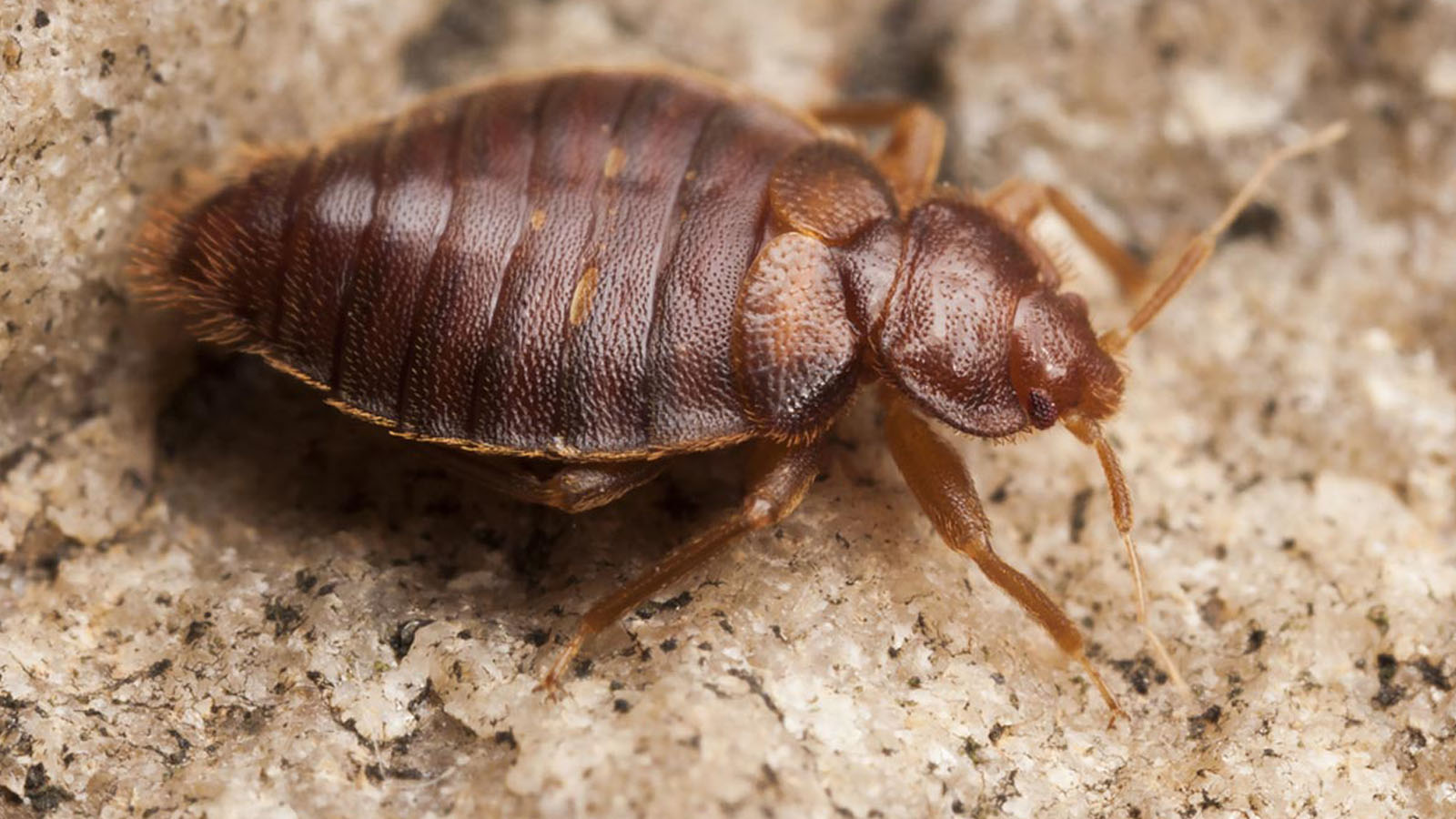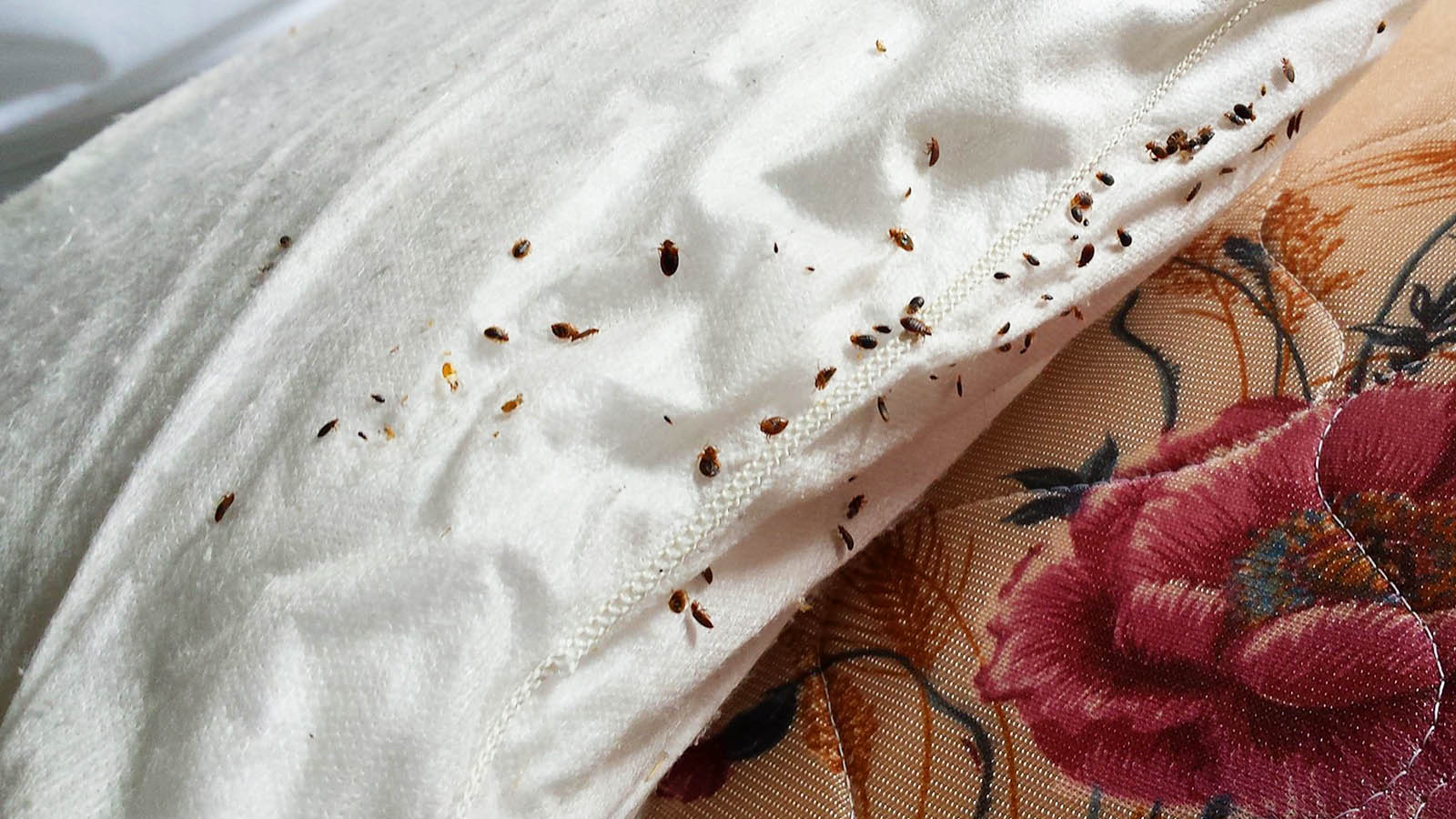While bed bugs do not transmit diseases, their bites can cause discomfort and allergic reactions in some individuals.
Understanding the symptoms and characteristics of bed bug bites is crucial for both identification and effective management.
Let’s look at what you need to know about bed bug bites, their symptoms, and ways to alleviate the effects of these irritating encounters.
Identifying Bed Bug Bites
 Bed bug bites are often mistaken for other insect bites, making it challenging to identify the culprit immediately. These tiny parasites typically feed during the night, and their bites leave small, red, itchy welts on the skin.
Bed bug bites are often mistaken for other insect bites, making it challenging to identify the culprit immediately. These tiny parasites typically feed during the night, and their bites leave small, red, itchy welts on the skin.
The bites may appear in a clustered or linear pattern, usually exposed on areas of the body not covered by clothing during sleep, such as the face, neck, arms, and hands.
One distinguishing feature of bed bug bites is their tendency to form a line or a zigzag pattern, often referred to as “breakfast, lunch, and dinner” bites. This occurs when a bed bug is interrupted during its feeding and resumes elsewhere on the skin.
While bed bug bites share similarities with those of fleas and mosquitoes, the distinct pattern can be a key factor in identifying the presence of these persistent pests.
Symptoms of Bed Bug Bites
Bed bug bites can be one of the earliest signs of bed bugs you will pick up on. The symptoms of bed bug bites can vary from person to person, with some individuals experiencing minimal reactions, while others may develop more severe responses. Common symptoms include:
Itching and Redness: Bed bug bites often cause intense itching and redness at the site of the bite. The urge to scratch can exacerbate the irritation and increase the risk of secondary skin infections.
Swelling: Some individuals may experience localized swelling around the bite area. This is a result of the body’s natural response to the bed bug’s saliva injected into the skin during feeding.
Allergic Reactions: In more severe cases, bed bug bites can trigger allergic reactions. Symptoms may include hives, blistering, or generalized itching. Individuals with allergies or sensitivities may be more prone to these reactions.
Secondary Infections: Scratching the bed bug bites can break the skin, leading to secondary bacterial infections. It’s crucial to avoid scratching to minimize the risk of complications.
Sleep Disturbances: Constant itching and discomfort from bed bug bites can disrupt sleep patterns, leading to fatigue and irritability.
It’s important to note that not everyone reacts to bed bug bites, and some individuals may not show any symptoms at all. Therefore, relying solely on the presence of symptoms may not be an accurate indicator of a bed bug infestation.
Dealing with Bed Bug Bites
 If you suspect bed bug bites, there are several measures you can take to alleviate symptoms and promote healing:
If you suspect bed bug bites, there are several measures you can take to alleviate symptoms and promote healing:
Avoid Scratching: Although it can be challenging, resist the urge to scratch the affected areas. Scratching can break the skin, increasing the risk of infection.
Topical Treatments: Over-the-counter anti-itch creams or lotions containing ingredients like hydrocortisone can provide relief from itching and inflammation. Applying a cold compress to the bites may also help soothe the skin.
Oral Antihistamines: Taking oral antihistamines can help reduce itching and allergic reactions associated with bed bug bites. Consult a healthcare professional for appropriate dosage and recommendations.
Keep the Area Clean: Wash the affected areas with mild soap and water to prevent infection. Avoid using harsh chemicals or strong soaps, as they may further irritate the skin.
Consult a Healthcare Professional: If symptoms persist or worsen, seek medical advice. A healthcare professional can provide appropriate treatment and recommend stronger medications if necessary.
Preventing Bed Bug Infestations
Preventing bed bug infestations is crucial for avoiding future encounters with these troublesome pests. Here are some preventive measures to consider:
Regular Inspection: Conduct regular inspections of your living spaces, including the mattress, bed frame, and surrounding areas, for signs of bed bugs. Early detection is key to preventing a full-blown infestation.
Encasements: Use bed bug-proof mattress and pillow encasements to create a barrier that prevents bed bugs from infesting these areas.
Vacuum Regularly: Vacuuming floors, carpets, and upholstery can help eliminate bed bugs and their eggs. Be sure to empty the vacuum bag or canister outside of the living space to avoid reinfestation.
Reduce Clutter: Minimize clutter in your living spaces, as bed bugs thrive in hiding spots. Decluttering makes it easier to detect and eliminate these pests.
Be Cautious When Traveling: Inspect hotel rooms and accommodations for signs of bed bugs before settling in. Avoid placing luggage on beds or upholstered furniture, and wash clothing promptly upon returning home.
Seal Entry Points: Seal cracks and crevices in walls, floors, and furniture to eliminate potential hiding spots for bed bugs.
Professional Pest Control
If a bed bug infestation is confirmed, it’s advisable to seek professional pest control services. Bed bugs are resilient insects that can be challenging to eradicate without specialized knowledge and treatment methods.
Professional exterminators have the expertise and tools to effectively eliminate bed bugs at all life stages, from eggs to adults.


